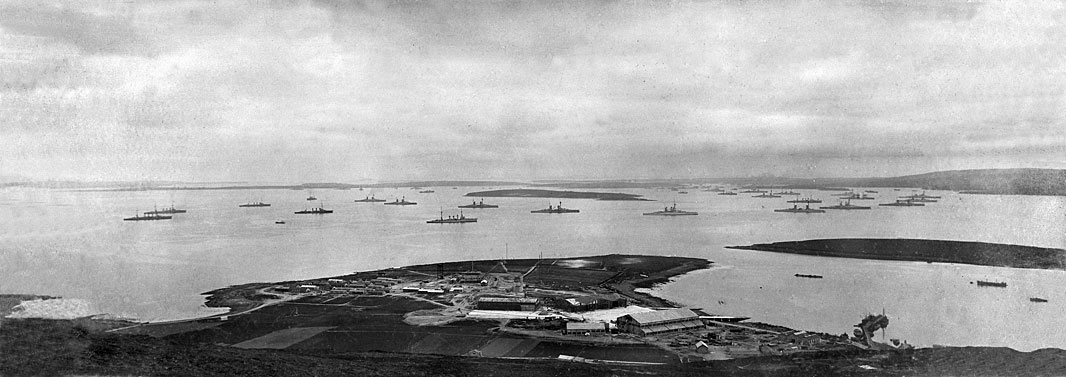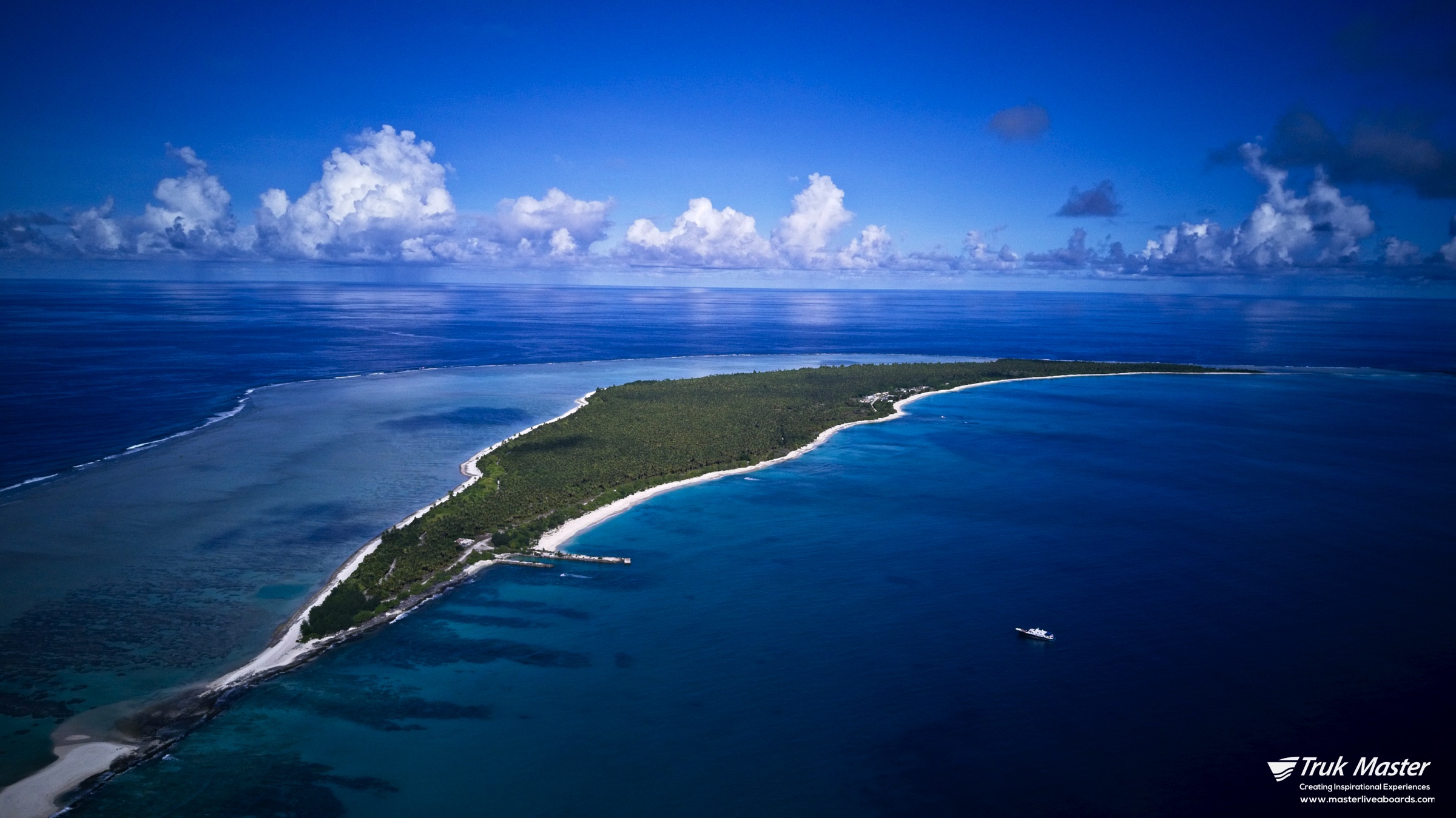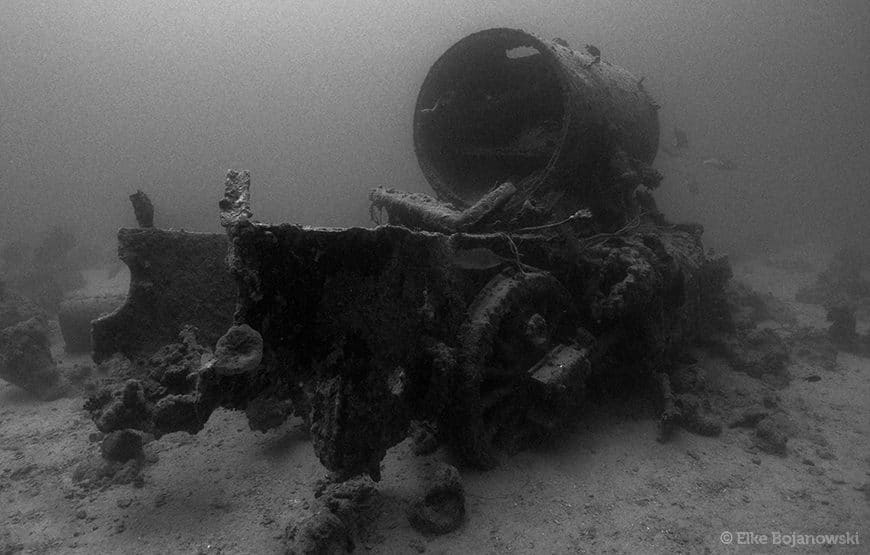World’s Best Wreck Dives
THE WORLD OF WRECK DIVING

Scapa Flow, Orkney Islands
Scapa Flow in the Orkney Islands is one of the world’s best wreck dive locations, thanks to the presence of wrecks from the German High Seas Fleet, famously scuttled by their interned crews in Scapa Flow in 1919.
Of the 52 vessels sunk, seven remain on the seabed and it is these awe-inspiring wartime ghosts that attract divers from around the globe each year.
There are four German cruisers still on the seabed in around 36 metres of water. These smaller wrecks offer an easy introduction to the complexity of a warship, with the SMS Koln, still relatively intact. The three battleships remain the main draw to Scapa Flow, though. Resting upside down on the seabed at a depth of around 45 metres, these massive hulks often seem impenetrable at first sight. However, with careful exploration, they come alive and start to reveal their secrets.

Truk (Chuuk) Lagoon
Often called the ‘Pearl Habour’ of the Japanese World War II fleet. Located in Micronesia, the lagoon was Japan’s main base of operations in the South Pacific.
Truk Lagoon was considered the most formidable of all Japanese strongholds in the Pacific. On the various islands, the Japanese Civil Engineering Department and Naval Construction Department had built roads, trenches, bunkers and caves. Five airstrips, seaplane bases, a torpedo boat station, submarine repair shops, a communications centre and a radar station were constructed during the war.
In 1994 Japanese naval fleet came under attack in Operation Hailstone which lasted three days. 12 Japanese warships and 32 merchant ships were sunk.
In the ships’ holds are the remnants of fighter aircraft, tanks, bulldozers, railroad cars, motorcycles, torpedoes, mines, bombs, boxes of munitions, radios, plus thousands of other weapons, spare parts, and other artifacts.
The coral-encrusted wrecks attract a diverse array of marine life, including manta rays, turtles, sharks and corals.

Egypt, Red Sea
Since the building of the Suez Canal, the Red Sea has become one of the most important trade routes in the world.
As a result there are some great wreck sites suitable for all levels of diver.
The Thistlegorm is the jewel in the crown of recreational wreck dives and has had several documentaries made about it. The Thistlegorm was a supply ship for the British Army based in Egypt. The German Luftwaffe were patrolling the Guld of Suez in search of the Queen Mary. When they came across the Thistlegorm a pair of Heinkel He-111 bombers delivered 2.5 tonne explosive bombs. This resulted in ammunition on the ship exploding and sinking at a depth of around 30m.
The wreck was rediscovered and made famous by Jacques Cousteau in 1955 and has since become a haven for scuba divers around the world. You can still see the remains of steam engines, truks, guns, ammunition, plane wings, wellington boots, coal and motorbikes.
It is estimated that over one million people have dived the Thistlegorm and it has generated more than $100 million in tourist income!
Other famous wrecks include the Carnatic, GhiannisD, Dunraven, Salem Express

The Yongala, Australia
Claimed by many as the best wreck in the world to dive due to the amount of life it supports. It is encrusted in corals and masses of marine life that have made it home including sea snakes, manta rays, tiger sharks, octopus, turtles, bull sharks and thousands of clown fish.
This passenger ship went down along with 122 passengers and crew after hitting a submerged rock. The only body found was of the racehorse Moonshine, which washed up at the mouth of Gordon Creek.
At 109m long and at a depth of 16-30m, she is suitable for most divers with an Advanced certification or higher. The easiest way to reach her is by liveaboard or from Townsville.

The Zenobia, Cyprus
This wreck was made famous as the world watched it sink on news channels around the world in 1980. Lying just off Larnaka Harbour at a depth of 16m to 42m. The hi-light is the 120 vehicles including 108 lorries that can still be found hanging by their chains in there. For advanced and technical divers the engine rooms can still be visited and you need several dives to explore the wreck properly.
Common marine life around the wreck includes grouper, barracudas and damsel fish and for people with good eyesight.
We organise holidays to all of these wreck diving locations. For a no obligation quote, please give us a call or drop us an e-mail.
